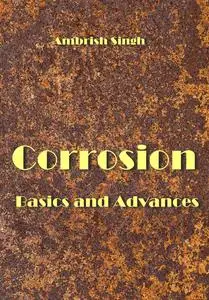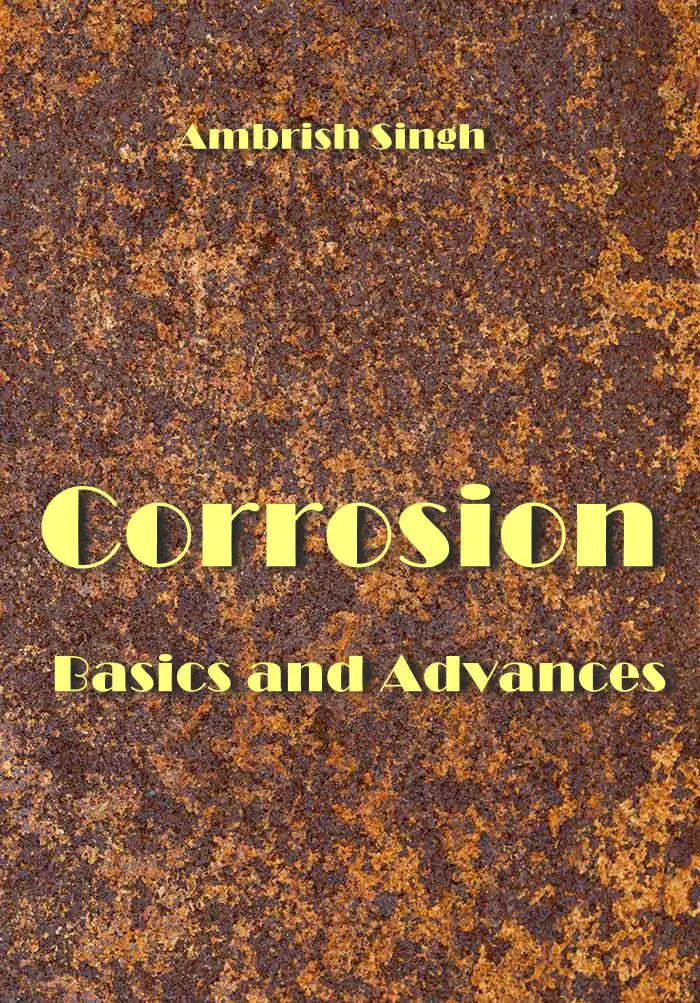"Corrosion: Basics and Advances" ed. by Ambrish Singh
ITexLi | 2023 | ISBN: 1837686688 9781837686681 183768667X 9781837686674 1837686696 9781837686698 | 177 pages | PDF | 24 MB
ITexLi | 2023 | ISBN: 1837686688 9781837686681 183768667X 9781837686674 1837686696 9781837686698 | 177 pages | PDF | 24 MB
The book presents research on the basic and advanced aspects of corrosion.
Corrosion refers to the gradual degradation of materials. It occurs in both ferrous and non-ferrous metals. Rust, erosion, wear, galling, swelling, cracking, splitting, and decaying are known forms of degradation. A refined metal undergoes natural corrosion, which changes it into a more stable oxide. By reacting chemically or electrochemically with their surroundings, materials (often metals) slowly deteriorate. The discipline of corrosion engineering is focused on managing and avoiding corrosion. Some metals develop a natural corrosion resistance property known as passivity. This happens when the metal reacts with the oxygen in the air or corrodes in it. The ultimate result is a thin oxide sheet that prevents the metal from continuing to react. In general, corrosion is a process that turns refined metals into more stable substances like metal oxides, metal sulfides, or metal hydroxides. Similar to this, when iron rusts, oxygen and moisture in the air cause the development of iron oxides. According to the science of corrosion, metals transform into considerably more stable chemical compounds like oxides, sulfides, and hydroxides throughout this spontaneous and irreversible process.
Contents
1. Small Organic Molecule as Corrosion Inhibitors for Mitigating Metal Corrosion
2. Phosphonates and Phosphonic Acids: New Promising Corrosion Inhibitors
3. Controlling Corrosion Using Non-Toxic Corrosion Inhibitors
4. Organic Corrosion Inhibitors
5. Self-Healing Coatings
6. Corrosion Fatigue Behavior and Damage Mechanism of the Bridge Cable Structures
7. Erosion-corrosion
8. Corrosion Protection and Modern Infrastructure
9. Agricultural Machinery Corrosion
1st true PDF with TOC BookMarkLinks
More : You find here



